Sea Level Rise
Sea Level Rise

For thousands of years, sea level has remained relatively stable. But now, Earth’s seas are rising. Since the beginning of the 20th century, they have risen about eight inches, and more than two inches in the last 20 years alone!

As water warms, it expands and takes up more space. That means that when oceans warm, the sea level rises. This summer, we’ve been researching exactly how global warming has impacted Greenland’s ice sheet. Our ICESat-2 mission will use a laser to measure the height of the planet’s surface. Over time, we will be able to provide a record of elevation change, and estimate how much water has melted into the ocean from land ice change.
So how much ice are we actually losing? Great question, but the answer might shock you. In Greenland alone, 303 gigatons of ice was lost in 2014!

Since we know that ice is melting, we’re working to gain a better understanding of how much and how fast. We’re using everything from planes, probes and boats, to satellites and lasers to determine the impact of global warming on the Earth’s ice.

Follow along for updates and information: http://climate.nasa.gov/
More Posts from Space-m17-blog and Others
Give support to this project

M22 globular cluster
js
Ever wonder about what lies between the stars? Learn all about the interstellar medium in this short video! Follow Evant Horizon for more astronomy posts!
The interstellar medium is the gas and dust between stars. Of its mass, this gas is composed of mainly hydrogen and helium with a touch of heavier elements. Highly dense regions of the ISM known as molecular clouds are directly responsible for the formation of stars.
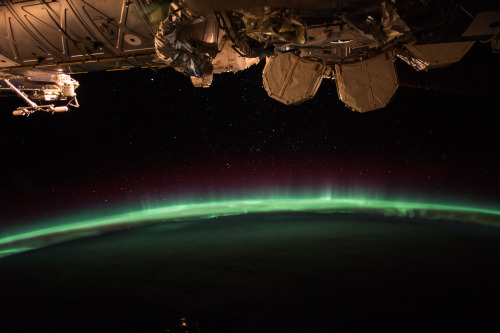
Aurora from the ISS.
Photo credit: NASA
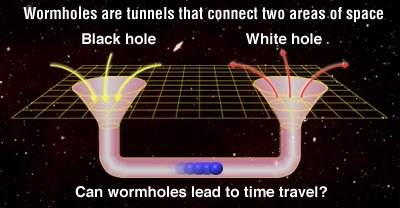
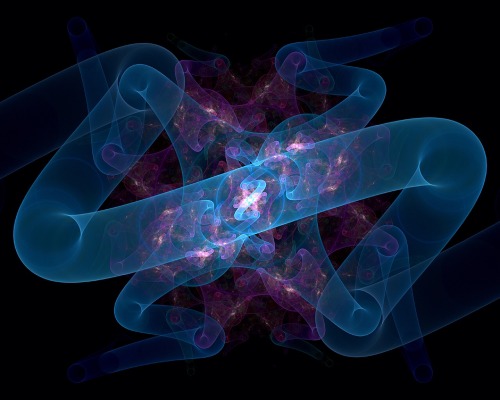
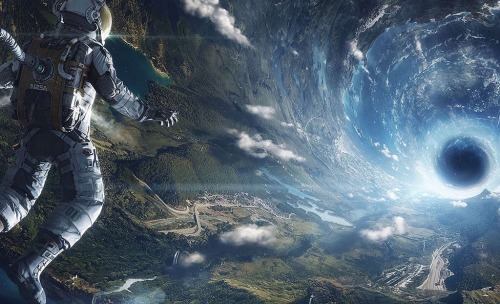
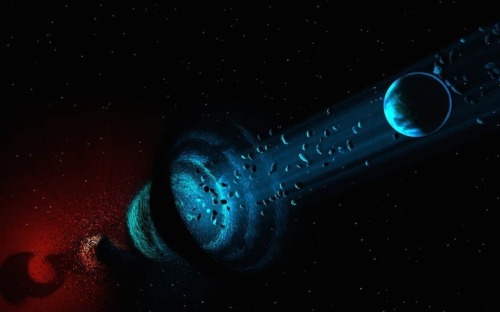
Wormholes
Also known as Einstein-Rosen Bridges are theoretically possible going by Einstein’s theory, and equations of general relativity. Basically wormholes take advantage of our 3 dimensional space and are able to “bend” it. Picture a sheet of paper; now put two circular holes on each end of that sheet of paper. Normally the quickest way to join one point to the other would be to draw a straight line between them. Now instead, you could fold the piece of paper so each hole is touching meaning that there is no longer any distance between them. This is an analogy of how a wormhole works except instead of a circular hole on a 2D plane, the entry and exit points of an Einstein-Rosen bridge can be visualised as spheres in a 3D space.
While the theory of general relativity allows the existence of wormholes, we have not yet found physical evidence. The first wormhole solution discovered was the Schwarzschild wormhole presented in the Schwarzschild metric describing an eternal black hole. However this is not stable enough and would collapse before anything could cross from one end to the other. Traversable wormholes could exist of there was a form of exotic matter with a negative energy to stabilise them.
The Casmir effect shows that quantum field theory allows the energy density in some space to be relatively lower than the ordinary vacuum of space. A lot of physicists (like Stephen Hawking) use this to argue that it is possible to stabilise a traversable wormhole. However there are no known natural processes that would cause a traversable wormhole to stabilise.
The quantum foam hypothesis can be used to suggest the spontaneous appearance of tiny black holes at the Planck scale. Stable versions of these tiny wormholes have been suggested as dark matter candidates. It is also possible that one of these wormholes opened into a previously empty space from another universe, held open by a cosmic string (1D string) with a negative mass then it could be inflated to a macroscopic size by cosmic inflation. Is it possible this happened at the start of the Big Bang?

The beautiful surface of Europa


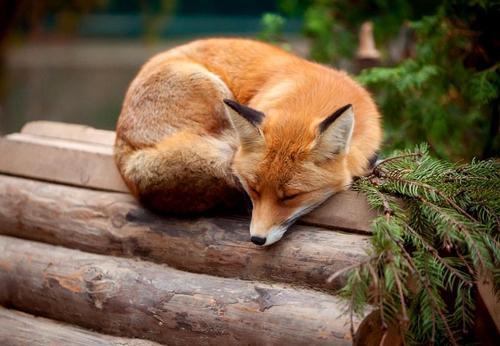









To visualise the black hole in Interstellar, the VFX team collaborated with theoretical physicist Kip Thorne to solve the equations for propagation of light around a spinning black hole. The shape is due to way light is lensed (deflected) by the strong gravitational field of the black hole. The asymmetry is caused by the relativistic time dilation near the event horizon.
The top image shows the black hole in the movie. The bottom image is a more accurate visualisation taking into account Doppler and gravitational frequency shifts. This was considered too confusing for the audience. They also slowed the black hole’s spin down from that required to explain the time dilation experienced in the movie, to make the black hole appear less asymmetric.
The are releasing two papers on their work, the first of which is available in preprint on arXiv.
Today marks the 40th anniversary for the launch of the Viking 1 lander/orbiter to Mars in 1975, which set the stage - err, launch pads - for subsequent flyby, orbiter, lander, and rover missions.
Although some of these missions are marked as “failed” attempts, an engineer or flight controller would dismiss this classification, as data from every mission parleyed information for the next. Failures? No. More like “growing pains” in our spacefaring adolescence.
The year 2015 marks another noteworthy anniversary to which the Viking program laid the foundation for our curiosity and present trajectory for NASA’s #JourneyToMars.
This wonderfully produced video from NASA’s Jet Propulsion Laboratory (JPL) conveys the breadth of vision and the excitement from, among every aspect of each robotic mission, successfully received data!
Enjoy, and continue the journey with us as we work to preserve the legacy of the Viking program with The Viking Mars Missions Education and Preservation Project, the #FirstOnMars!

-
 sweetbutterbliss liked this · 2 years ago
sweetbutterbliss liked this · 2 years ago -
 corse2b liked this · 3 years ago
corse2b liked this · 3 years ago -
 spetzerfehn liked this · 3 years ago
spetzerfehn liked this · 3 years ago -
 magnusjoblog liked this · 3 years ago
magnusjoblog liked this · 3 years ago -
 awesome-casuallyfamouscollector reblogged this · 3 years ago
awesome-casuallyfamouscollector reblogged this · 3 years ago -
 awesome-casuallyfamouscollector liked this · 3 years ago
awesome-casuallyfamouscollector liked this · 3 years ago -
 brainknob reblogged this · 5 years ago
brainknob reblogged this · 5 years ago -
 keepdacalm reblogged this · 5 years ago
keepdacalm reblogged this · 5 years ago -
 climate-change-crisis-blog reblogged this · 7 years ago
climate-change-crisis-blog reblogged this · 7 years ago -
 holycow-world-blog liked this · 7 years ago
holycow-world-blog liked this · 7 years ago -
 thekid-1921 liked this · 8 years ago
thekid-1921 liked this · 8 years ago -
 92till-infinity liked this · 8 years ago
92till-infinity liked this · 8 years ago -
 environmentalblogs-blog liked this · 8 years ago
environmentalblogs-blog liked this · 8 years ago -
 ape-environmental-blog reblogged this · 8 years ago
ape-environmental-blog reblogged this · 8 years ago -
 macks-posts liked this · 8 years ago
macks-posts liked this · 8 years ago -
 backwoodsarchitect reblogged this · 8 years ago
backwoodsarchitect reblogged this · 8 years ago -
 theworldofmisery reblogged this · 8 years ago
theworldofmisery reblogged this · 8 years ago -
 phoenixinflamed reblogged this · 8 years ago
phoenixinflamed reblogged this · 8 years ago -
 stoned-jedi liked this · 9 years ago
stoned-jedi liked this · 9 years ago -
 envirographs reblogged this · 9 years ago
envirographs reblogged this · 9 years ago -
 ecotypicalblog reblogged this · 9 years ago
ecotypicalblog reblogged this · 9 years ago -
 the-humanfactor reblogged this · 9 years ago
the-humanfactor reblogged this · 9 years ago -
 jesusequalslaura reblogged this · 9 years ago
jesusequalslaura reblogged this · 9 years ago -
 bmrgould reblogged this · 9 years ago
bmrgould reblogged this · 9 years ago -
 bmrgould liked this · 9 years ago
bmrgould liked this · 9 years ago -
 thisisacatperson reblogged this · 9 years ago
thisisacatperson reblogged this · 9 years ago -
 madmoonmoon reblogged this · 9 years ago
madmoonmoon reblogged this · 9 years ago -
 madmoonmoon liked this · 9 years ago
madmoonmoon liked this · 9 years ago -
 the-paintrist liked this · 9 years ago
the-paintrist liked this · 9 years ago -
 climate-changing reblogged this · 9 years ago
climate-changing reblogged this · 9 years ago -
 lecoupdevide reblogged this · 9 years ago
lecoupdevide reblogged this · 9 years ago -
 doyouevengeography reblogged this · 9 years ago
doyouevengeography reblogged this · 9 years ago -
 hashtagmiami-blog liked this · 9 years ago
hashtagmiami-blog liked this · 9 years ago -
 torpewelf reblogged this · 9 years ago
torpewelf reblogged this · 9 years ago -
 arlock-jw reblogged this · 9 years ago
arlock-jw reblogged this · 9 years ago -
 arlock-jw liked this · 9 years ago
arlock-jw liked this · 9 years ago -
 thisisacatperson reblogged this · 9 years ago
thisisacatperson reblogged this · 9 years ago -
 some-places liked this · 9 years ago
some-places liked this · 9 years ago
I love space. I've been to space camp in Huntsville Alabama and I am planning on going every summer. I look forward to be an astronaut for nasa on the sls that is planned to be launched 2018. And the manned mission 2030. So yeah I won't let anything get in my way.
138 posts